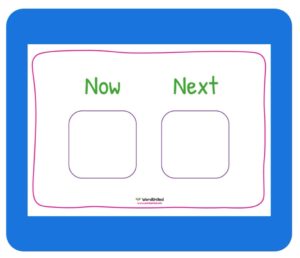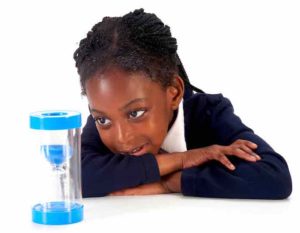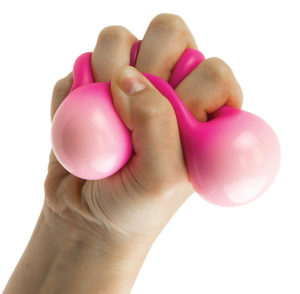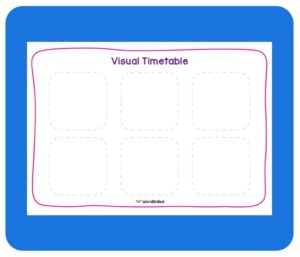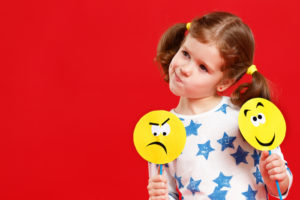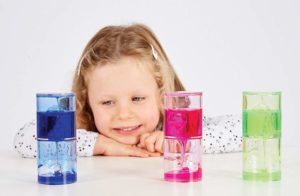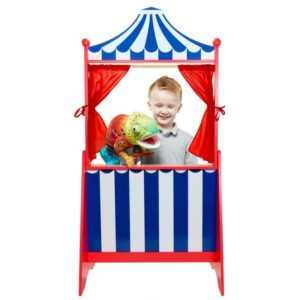No products in the cart.
7 Special Needs Resources for Concentration
October 6, 2019
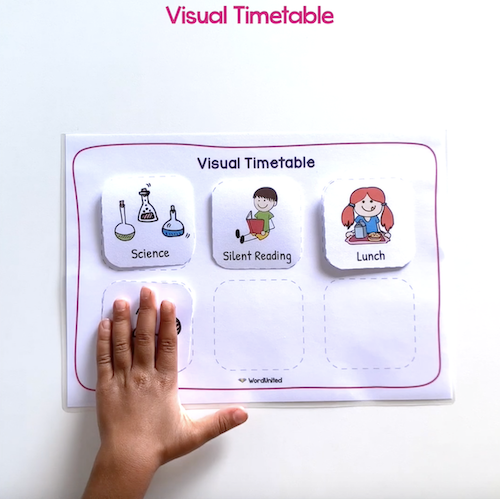
Wondering how to improve your child’s concentration? After ensuring children have had enough sleep, food and water, there are further areas parents and teachers can explore. Kids who find it challenging to concentrate may benefit from a range of educational toys and Special Needs toys that act as tools children can use to harness their attention. Watch our video above, then read about 7 Special Educational Needs (SEN) resources below that can boost concentration.
1. ‘Now, Next’ Free Speech Therapy Resources
Kids who struggle with concentration may benefit from “Now & Next” visual boards. With such SEN resources, children can break down their day into simple and achievable steps. What’s more, these are excellent speech and language resources for children who like to see a visual display of their tasks. Let’s say your child has a maths lesson followed by playtime. Children can select the relevant activity cards to display on their “Now & Next” board. Knowing the structure of the present and immediate future can help children to keep on task and show improved concentration.
Here at WordUnited, we have created a free printable “Now & Next” visual board for you. It is one of our many SEN resources free to download and print from any device – plus, you can laminate the resource so that it can be used repeatedly. The visual board has a selection of activity cards, representing lessons such as numeracy and literacy, in addition to blank cards for you to create your own activities. You can secure the activity cards in place using Blu Tack or Velcro. Download the free printable “Now & Next” here.
2. Sand Timer Special Needs Toys
Sand timers are a wonderful resource to help develop concentration skills. They provide a clear visual duration of time for children to use when working, which can be extremely convenient if they are finding the task a little boring! Sand timers can therefore keep children on track to complete their activity before the timer runs out and separates workloads into achievable amounts. It is a good idea to remind children they can have a break when the timer runs out to motivate them to finish their activity within the allotted time frame.
Check out this colourful selection of 5 sand timers, with times ranging from 30 seconds to 10 minutes. For larger sand timers, these ClearView timers use an innovative design that enables children to closely observe the running sand through a magnification lens. Alternatively, if children are easily distracted by visual stimulation toys, you may choose to set a timer on your phone or digital timer, so that your child listens for the sound of the timer instead.
3. Fidget Toys and Learning
Children who find it difficult to concentrate may also benefit from therapeutic activities such as fiddle toys. Designed to provide additional stimulation to those seeking extra sensory input, the best fidget toys are those that do not encourage further distraction. CHADD explains how children with ADHD may benefit from fidget tools such as putty, squeeze toys and fidget cubes, as some research studies found that fidgeting can improve attention. Take a look at these pencil pushers ,Fiddlejig, Mad Mattr Smart Doh and Sqwooz balls. To read more about the best sensory toys for autism, visit our blog and explore more Autism toys at WordUnited.
4. SEN Resources Free Visual Timetable
As explained by the National Autistic Society, some children with Special Educational Needs such as Autism find that having a visual representation of their day can help provide a sense of structure and routine. Not only this, but visual supports can also reduce anxiety, whilst improving independence and confidence. Visual timetables use pictures to display the layout of each day, whether it is an ordinary day or a day that deviates from the norm. On our Free Resources Hub, you will find downloadable visual timetable speech and language resources to print, complete with activity cards. We have also created customisable cards, so your child can create their own personalised activities. The resource can be laminated and is the perfect size for backpacks, making it a handy portable item.
5. Emotional Development Toys and Books
Nurturing emotional development in early childhood equips children with a better understanding of their emotions. Emotional development in children can be enhanced with Special Needs toys; why not take a look at educational toys such as emoji dice or enjoy reading a book about feelings. Another fabulous way to work on emotional development in children is through role play. Puppets present the ideal opportunity to talk to children about concentration. Parents, teachers and children can create imaginative stories to emphasise the importance of concentrating. Perform an entertaining show with a double-sided standing puppet theatre and fun story telling puppets. Find more emotional development activities for children here.
6. Visual Stimulation Toys and Sensory Toys for Autism
Some children with Autism who are hyposensitive to sight can find additional visual support helpful. For kids who seek extra visual stimulation, Autism toys such as sensory liquids are mesmerising to watch. These cascading rainbow sensory fluids are captivating and perfect for quiet focus time. Sensory toys for Autism such as these can improve focus and inspire curiosity surrounding scientific concepts. The coloured liquid floats down at varying speeds in the 6 towers, making them useful for concentrating for set periods of time. Similarly, visual stimulation toys like these sensory ooze tubes are filled with thick, gloopy liquid that will fascinate children! Read this blog to discover more sensory toys for autism. Browse more sensory toys UK at wordunited.com.
7. Improved Listening with Speech and Language Resources
Practicing good listening techniques may help to improve concentration for kids. As discussed in this BBC article, listening relates not only to hearing what has been said, but understanding the meaning of what has been said. Try minimising background noise and encouraging eye contact where possible to reduce distraction and increase concentration. Special Needs resources such as sound cancelling headphones support children who find it difficult to filter out background noise. Additionally, games, speech therapy resources and Autism toys can boost listening and concentration skills, including playing with puppets. Simon Says, conversation cubes and phone sets each require concentration and prompt children to focus on the other speaker in the game.
Visit our website to discover 1000s more educational toys, books and learning resources.

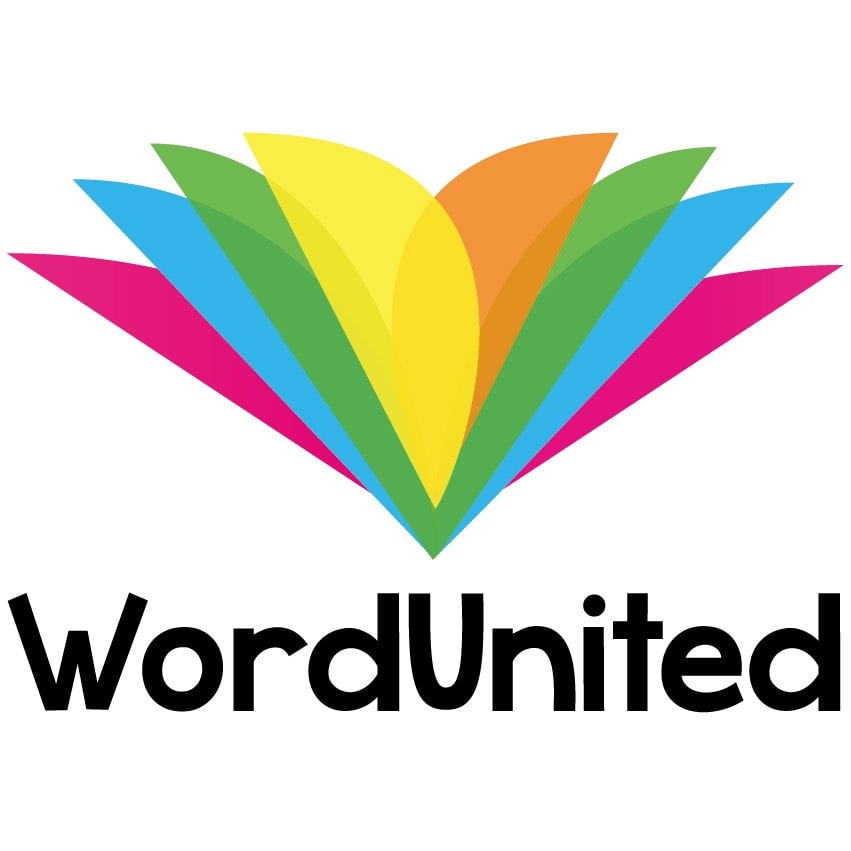

 01782 698558
01782 698558


